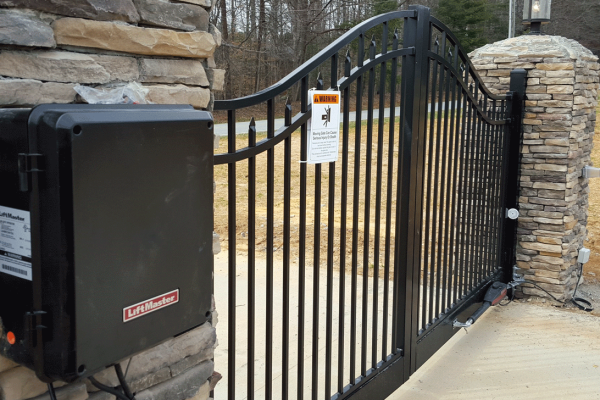How Lean Construction Advantages of DfMA
Construction industry buzzwords ‘DfMA’ and ‘lean construction’ cash to provide one another. The idea of Manufacture and (DfMA), while using the combined highlights of The idea of Manufacture and magnificence for Setup, employs the advantages of prefabricated construction modelling and magnificence to understand an growing visit incorporate lean construction concepts in building construction.
So, searching in the idea of Manufacture, the greater important features are:
Comprehending processes, abilities and price factors
Selecting materials
Estimating costs
Modifying models and fashoins
Important highlights of The idea of Setup would be the following:
Understanding whenever you move a component individually
Knowing which parts need various materials or have to be separate
Calculating part limitations for transport
Knowing the setup the actual every single part
What DfMA does essentially may be summarised the following:
Deciding the easiest method to manufacture parts and set them off-site and transport them on-site
Uses prefabrication of components and modules
Uses process for the whole design team
Helpful for customised structures or mass production
Now, what are general advantages of DfMA?
Design that allows efficient construction
Reduced costs
On-time delivery of projects
Improved quality, safety and far simpler repair of the dwelling

Reduced trades focus on site
Reduced effect on everybody
When DfMA can be used modular design, the next benefits may finish off:
Reduced costs, interfaces, components, schedules, on-site trades
Improved tolerance, processes which may be repeated
Detailed specifications and orientations
Immediate access for maintenance, refurbishment and renewal
Now, just how can all of this complement ‘lean construction’?
Well, the philosophy of lean construction maintains that processes much be continuously improved or updated and waste must be eliminated whenever feasible. Mixing the choices of DfMA while using the concepts of lean construction leads to several gains, for example:
Deciding and around constraints
Analysing the build sequence
Exercising to manufacture off-site
Integrating elements to on-site material
Eliminating inefficient components
Improving collaboration between trades
Lean construction methods try and maximise value for patrons while minimising waste. Within the construction industry, where budgets, on-time deliveries and safety are essential having a project’s success, the lean methodology appears to get desirable option. For lean construction, DfMA views design before manufacturing. The lean approach requires certain processes that prefabrication and Building Information Modelling (BIM), especially prefabricated construction BIM, can deal with, for example:
- Identifying Value for the Customer
Creating and earning the customers’ trust at the outset of the appearance and beginning stage is essential. In lean construction, proprietors, architects, engineers, contractors, trade contractors and suppliers must interact to fulfil client objectives, provide advice and project realistic expectations.
- Defining the worth
Clearly communicate the processes needed to supply this value. The requisite work, data, infrastructure and materials for every area of the process are specified, and processes that don’t add value are eliminated. Prefabricated construction modelling provides a precise consider the advantages of prefabrication of components or modules for your project stakeholders.









